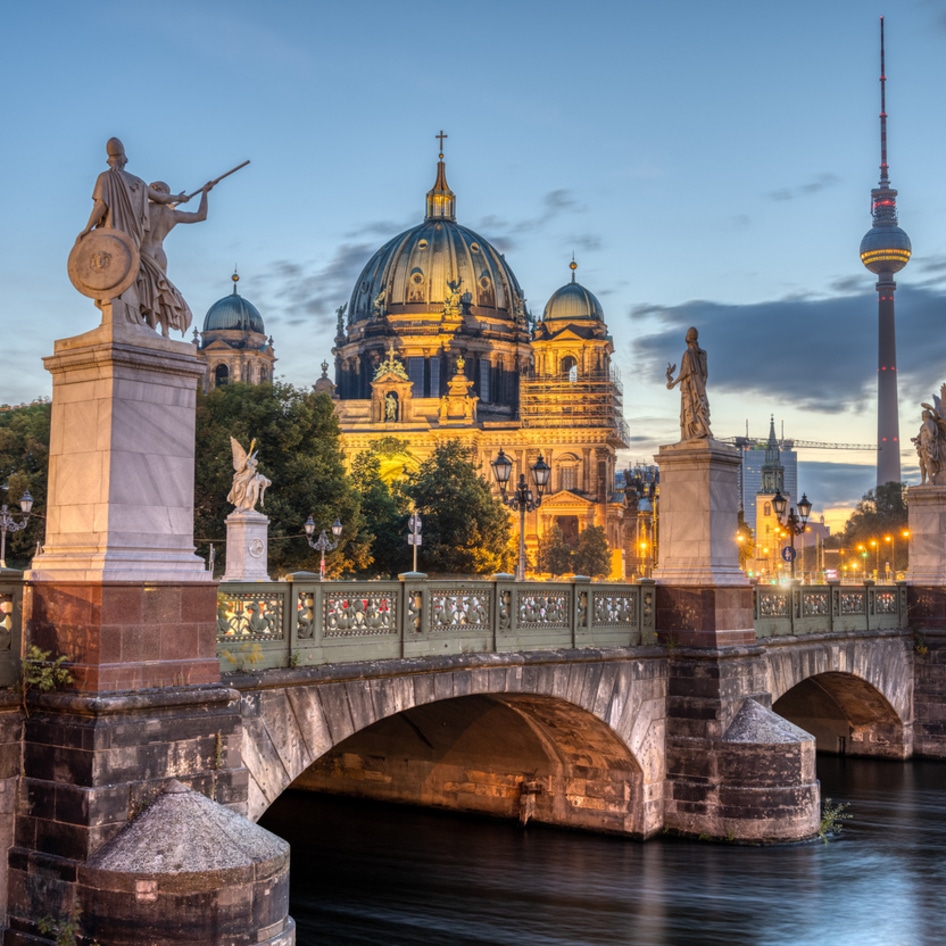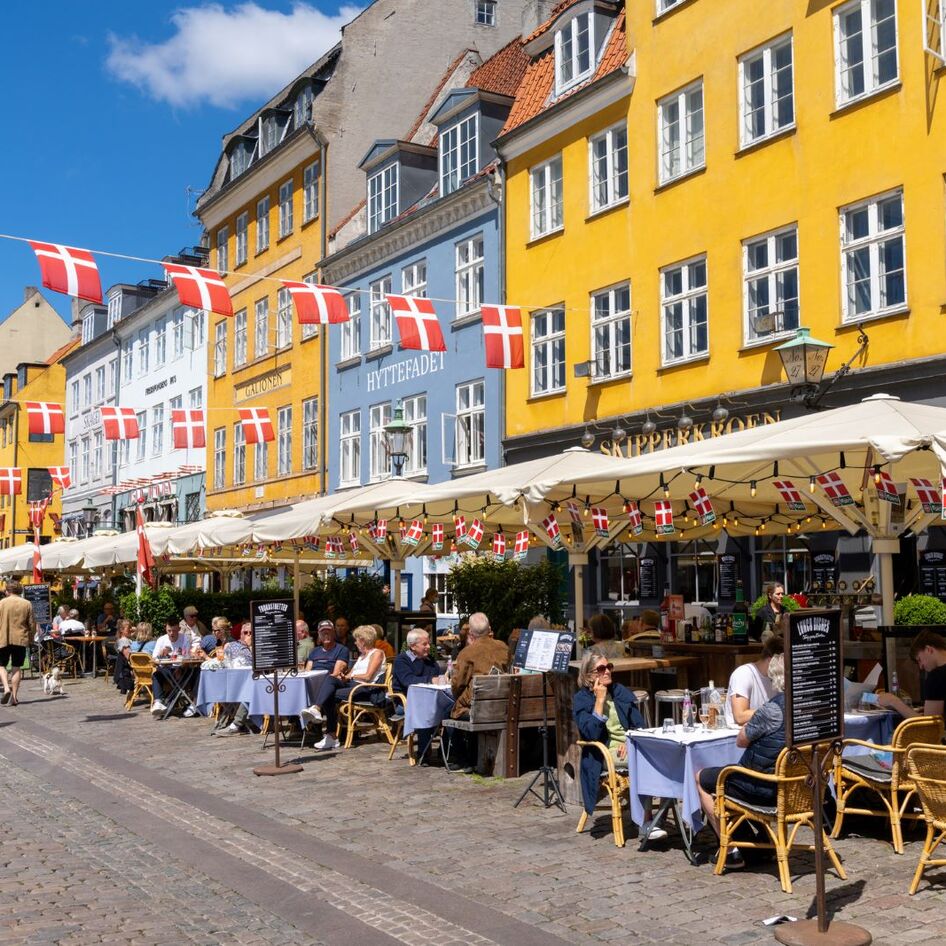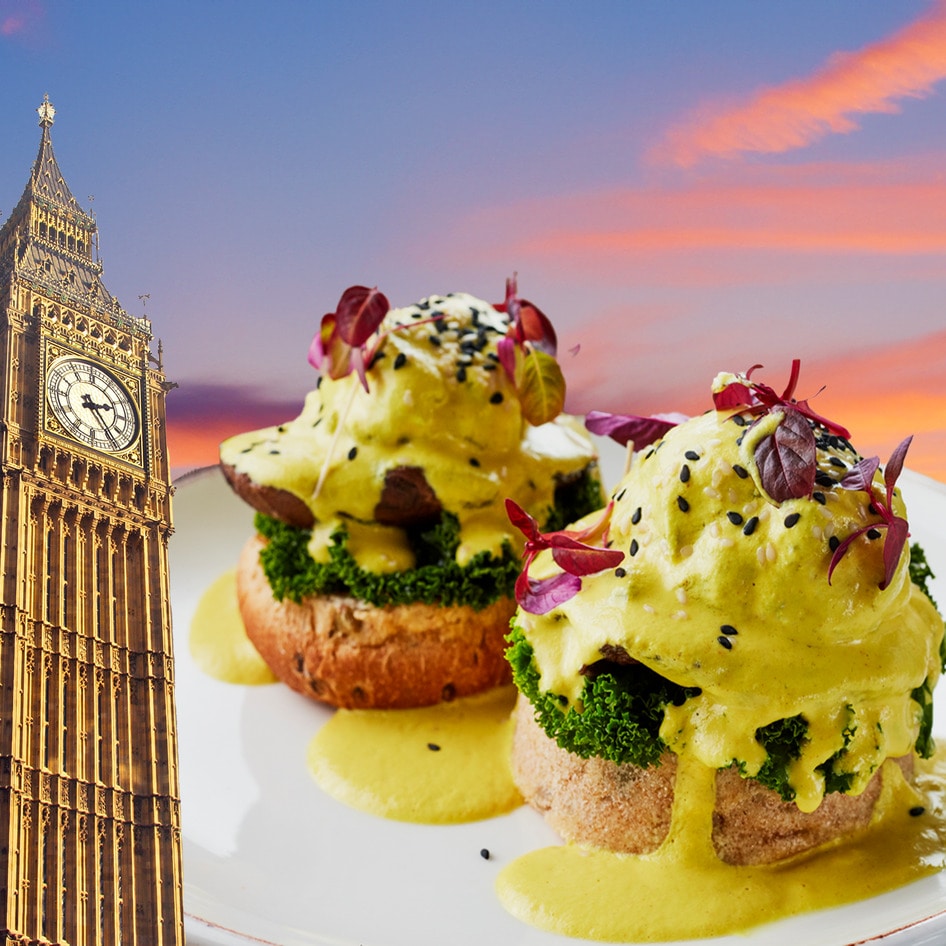Three Great Eco-Friendly Cities to Visit and Enjoy
These three cities are on the cutting edge of eco-friendly.
March 23, 2009
Think living green means retiring to a shack in the woods and disconnecting from society? Think again. These three eco-friendly, urban hot spots meld environmentalism, city living, and a hope for a greener future.
Chicago
Mayor Richard Daley is ambitious, powerful, competitive and, lucky for Chicagoans, green. He wants Chicago to be known as the greenest city in America, and seems unstoppable when it comes to planting trees—half a million since 1989—to beautify the city and provide much-needed oxygen and shade. He’s on a roll with greening city rooftops (two and a half million square feet) to conserve energy, filter rainwater, and to buffer intense summertime heat. “He leads by example,” says Peter Nicholson, executive director of Foresight Design Initiative in Chicago, of Daley. “He’s able to motivate and inspire people to evolve better by taking intentional action—and he rides a bike.” Daley’s Environmental Action Agenda replaced 130 city vehicles with hybrids and installed 10,000 bike racks around the city, as cycling has become one of the most common methods of transportation, along with Chicago’s well-traveled transit system. Chicago is a diverse city and, according to Nicholson, it’s the diversity of the efforts under way that sets Chicago apart as a green model. “There is no part of the city that has been left untouched by the greening efforts,” he says. Now, if we could just get that foie-gras ban reinstated?
Reykjavik
Not only do the numerous hot springs running beneath the world’s northernmost capital (shown in photo above) provide its denizens with a place to soak and relax, but these geothermal springs also provide almost all of Reykjavik’s heat and water. Located on what geologists call a “hotspot” with a high concentration of volcanoes, Iceland gets 70 percent of its energy from renewable resources like springs and waterfalls. In direct contrast to its name, which means “Smokey Bay,” Reykjavik is now known as the world’s least-polluted capital. As a healthy bonus for its low dependence on oil, the skies over the city are crystal clear. And because geothermal energy is so inexpensive and clean, residents enjoy the wintertime luxury of heated sidewalks. Reykjavik has green ambitions of becoming the world’s first hydrogen city by 2050, weaning itself off fossil fuels entirely over the next 40 years, converting cars, trucks, buses, and ships to run clean and quiet, opening more and more hydrogen “gas” stations. In theory, the only oil being burned in all of Iceland will be on planes landing from other countries.
Kathmandu
Perhaps the most surprising city in this trio is the medieval city of Kathmandu, famous for its centuries-old architecture, rich history, fascinating culture, and stunning views of the Himalayas. Recognized and protected by UNESCO as a world heritage site, Kathmandu is taking the stage—if tentatively—as an emerging green city. The Nepalese capital recently hosted an international conference called “Ecocity: The Time to Act is Now,” where speakers in roundtable discussions voiced concerns over smog and sewage problems, and offered solutions to jump-start a revitalization of the city with the environment and quality of living as top priorities. With its narrow streets, small squares, and growing population, the city is becoming increasingly hostile to the car—a reality Register believes could be the catalyst for the paradigm shift necessary to eliminate the city’s congestion and pollution problems. Residents of Kathmandu have long known how to harness the power of the sun, and utilize their rooftops as green living spaces. Solar water heaters are purposefully placed on rooftops, where gardens flourish and laundry dries in the sun and the breeze.
JUMP TO ... Latest News | Recipes | Guides | Health | Shop







